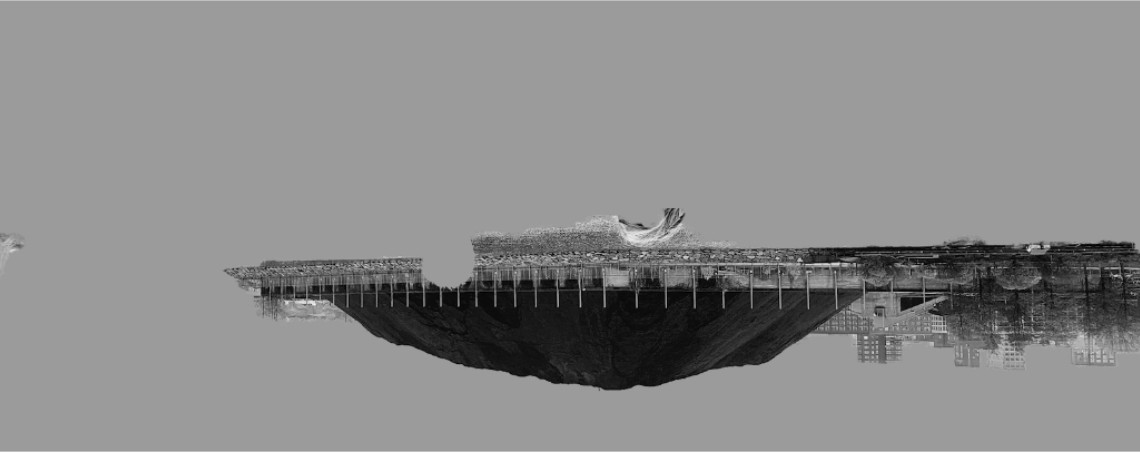RUUKKU Call: Dreaming the city for real – spaces of polyphony, dissonance and coexistence

-
• What is the urban space made up of, and how is it possible to amplify polyphony in it?
-
• How can citizens create urban space in relation to the prevailing order and regulation and, on the other hand, the more indefinable fringes and blind spots of urban space?
-
• How to re-think, analyze and implement the sensory and political debates and practices that affect the city, especially from a spatial perspective?
-
• How would it be possible to allow new kinds of spaces and spatial practices to emerge and act differently from the prevailing regulations, norms and roles?
-
• What kind of material, discursive, imaginary and as yet unrecognized places and regions does the city contain?
-
• Can encounters and clashes between different actors, for example, between human and non-human agents, open up new ways of reorganizing established positions and spaces, and if so, in what ways?
-
• How can the city dwellers share the city as a tense and diverse space for co-existence and co-experiment?
-
• How does the urban space affect the opportunities of its residents to participate and experience belonging to their own city?
-
• How to promote a fair city?
-
• How to promote inclusiveness and/or emancipation in the city so that city dwellers, as well as passers-by, can empathize with their city, in the city?
-
• How can the city be re-coded?
-
• What kind of perspectives can artistic research bring to urban space and its realization?
-
• What are the freedoms, responsibilities, and irresponsibilities of art in the city?
-
• What kind of permanent traces and consequences can long-term or ephemeral artistic events and spaces as well as artistic research leave in the city?
-
• What relationships between rules and norms, on the one hand, and unpredictability and anarchy, on the other, are realized in the city?
The issue is edited by Maiju Loukola with Henna-Riikka Halonen, Aino Hirvola, Jaakko Ruuska and Paul Tiensuu. The issue is part of the City as Space of Rules and Dreaming research project, which combines artistic research, urban research, philosophical aesthetics and legal theory.
We ask you to create your research exposition proposals in the Research Catalogue (RC) publishing platform at http://www.researchcatalogue.net. Note that the use of RC requires a full user account (see ‘register' and choose ‘full account'). In addition to the theme and its discussion, the exposition must include the planned structure in the RC platform. Please submit your proposals (complete expositions) via RC (‘submit for review' and choose the portal ‘RUUKKU') by October the 7th 2024. September the 30th 2024.

